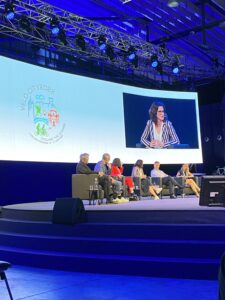
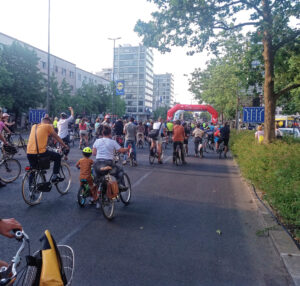
As part of the Austrian delegation led by Radkompetenz Österreich, we had the great opportunity to participate in this conference. It was a great experience for both of us to learn from inspiring presentations, panel discussions and personal encounters. The wide range of stakeholders involved was a great benefit – from governors and consultants to private companies and academics. Moreover, we got the opportunity to share some of the research achievements of our Mobility Lab team during a session on Austrian expertise on signposting, data, and network planning. We gave an introduction to ways of how geospatial methods can help to explore elements and processes of transportation systems and provide support in mobility planning. For example, agent-based bicycle and pedestrian models, such as the model developed in our research group, can be virtual labs to estimate changes in traffic induced by soft measures and infrastructure interventions. We also presented assessments of Walkability and bikeability, which especially in combination with morphological network analysis can give valuable indication for placement and prioritization of infrastructure interventions. Furthermore, we gave first insights into the estimation of risk zones at intersections that can inform systems for driving assistance as well as planning. Finally, we highlighted the potential of spatial analysis to reduce the problem space of computationally complex optimization problems. For this, we gave an example on intermodal ride sharing services that aim at promoting sustainable commuting trips among a company’s employees.
On the last day at the plenary session, we all were asked whether we are optimistic or pessimistic about future changes in mobility. The answers were divided. We have identified the problems, we have developed solutions, but sometimes behavioral and political change is slow.
Naturally, cycling was part of the conference activities as well. We enjoyed a nice thematic bike tour leaving the busy main streets surrounding Ljubljana’s city center and passing very green and enjoyable scenery. Another highlight was the bike parade on Wednesday evening, where we cycled some of the main roads surrounding the city center.
All in all, Velo-city 2022 in Ljubljana was a great conference that allowed us new insights into the wider field of cycling and active mobility planning, policy and technology, in which our applied research is embedded. After two years of PhD studies without the ability to participate in person in larger conferences, this conference was very inspiring, motivating and also socially a very valuable experience.
Dana Kaziyeva and Christian Werner

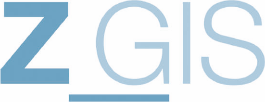
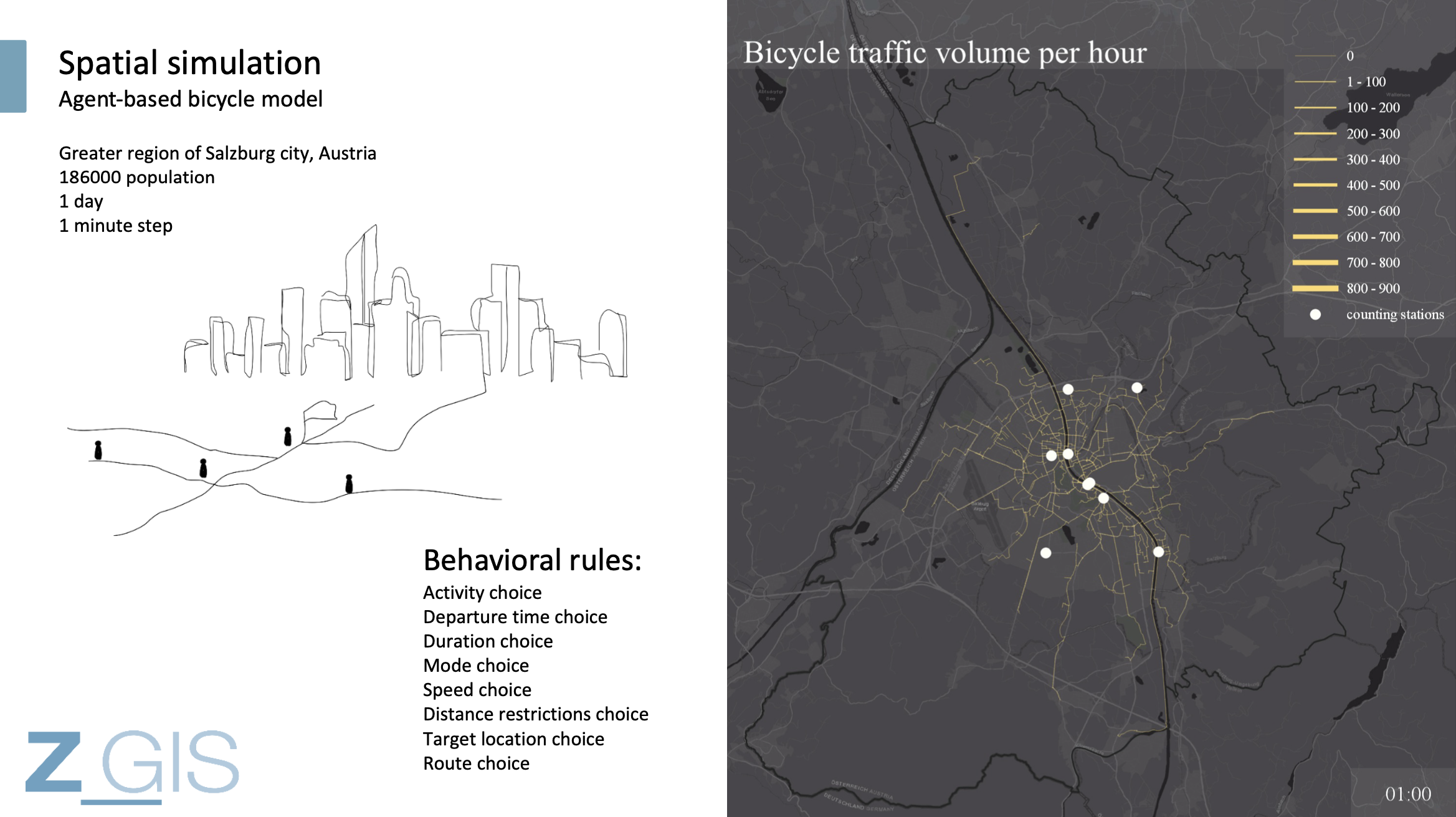
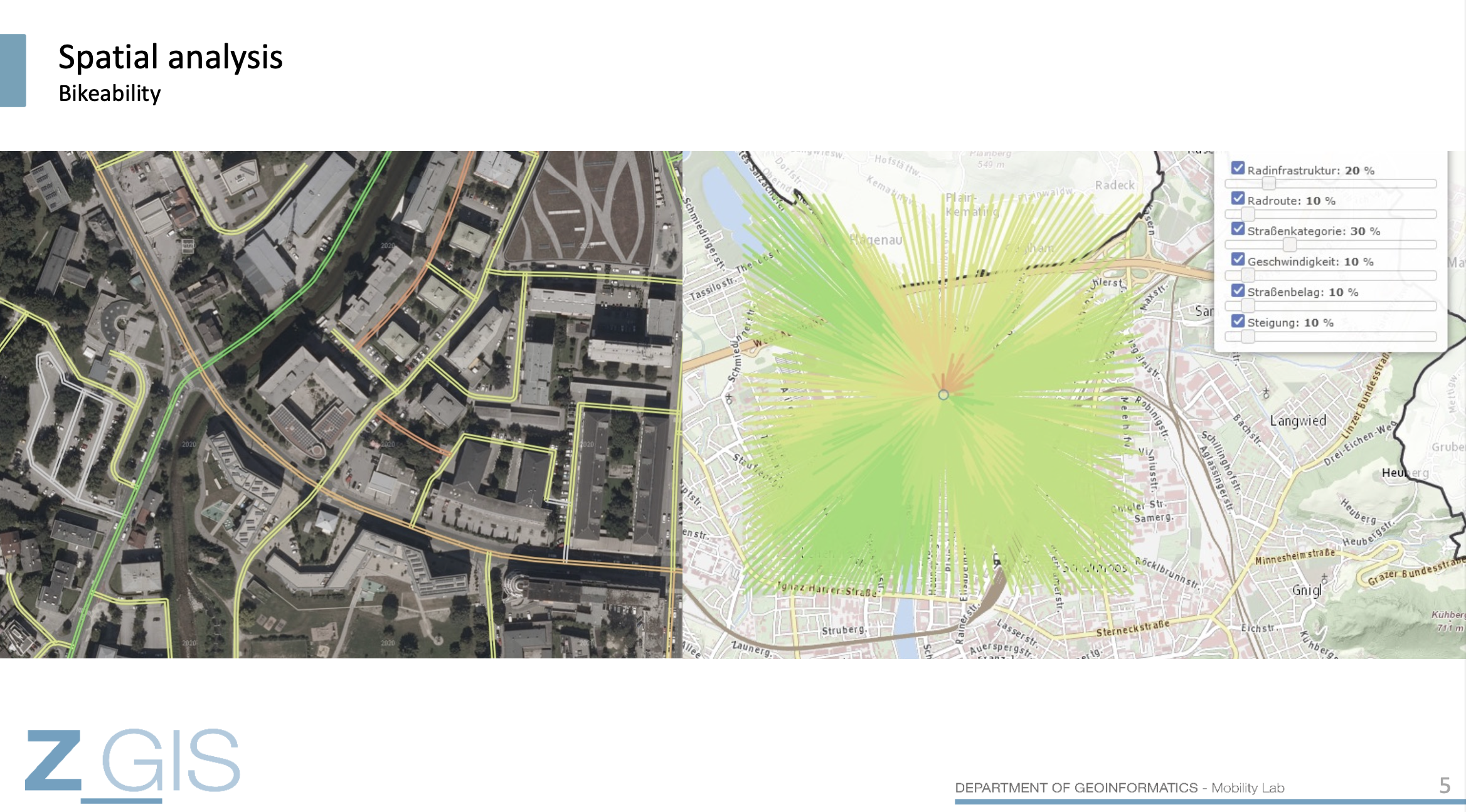
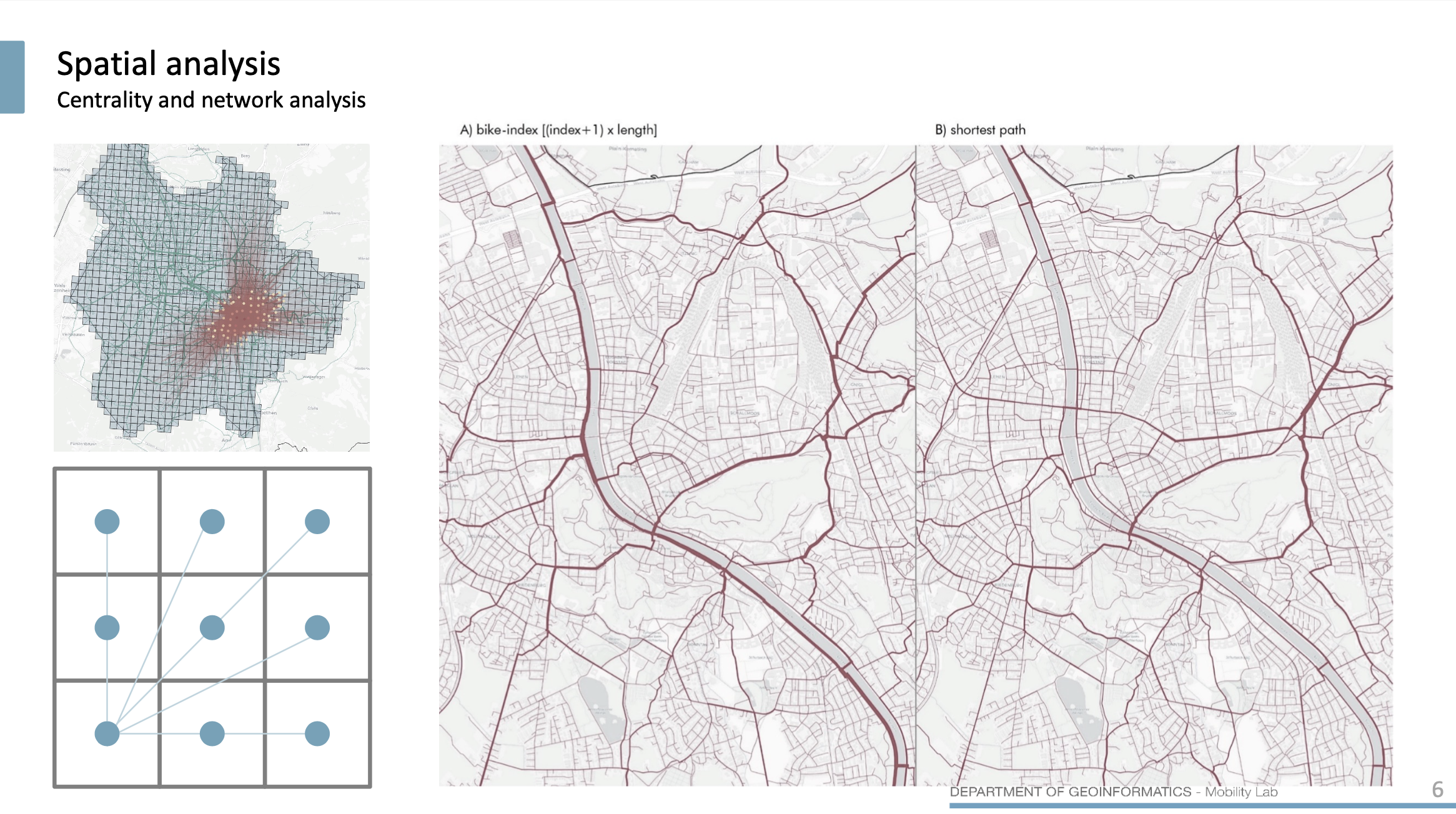
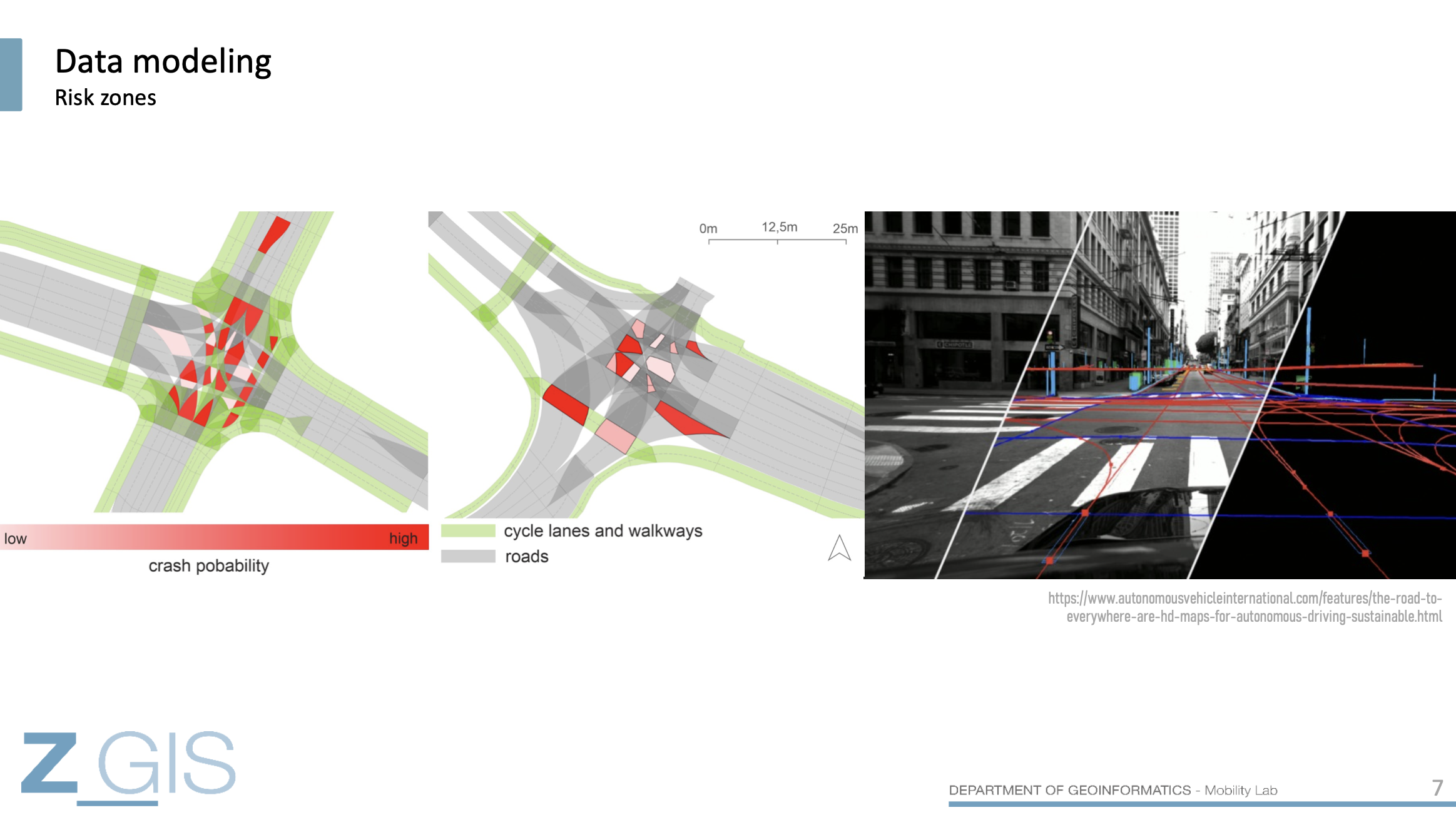
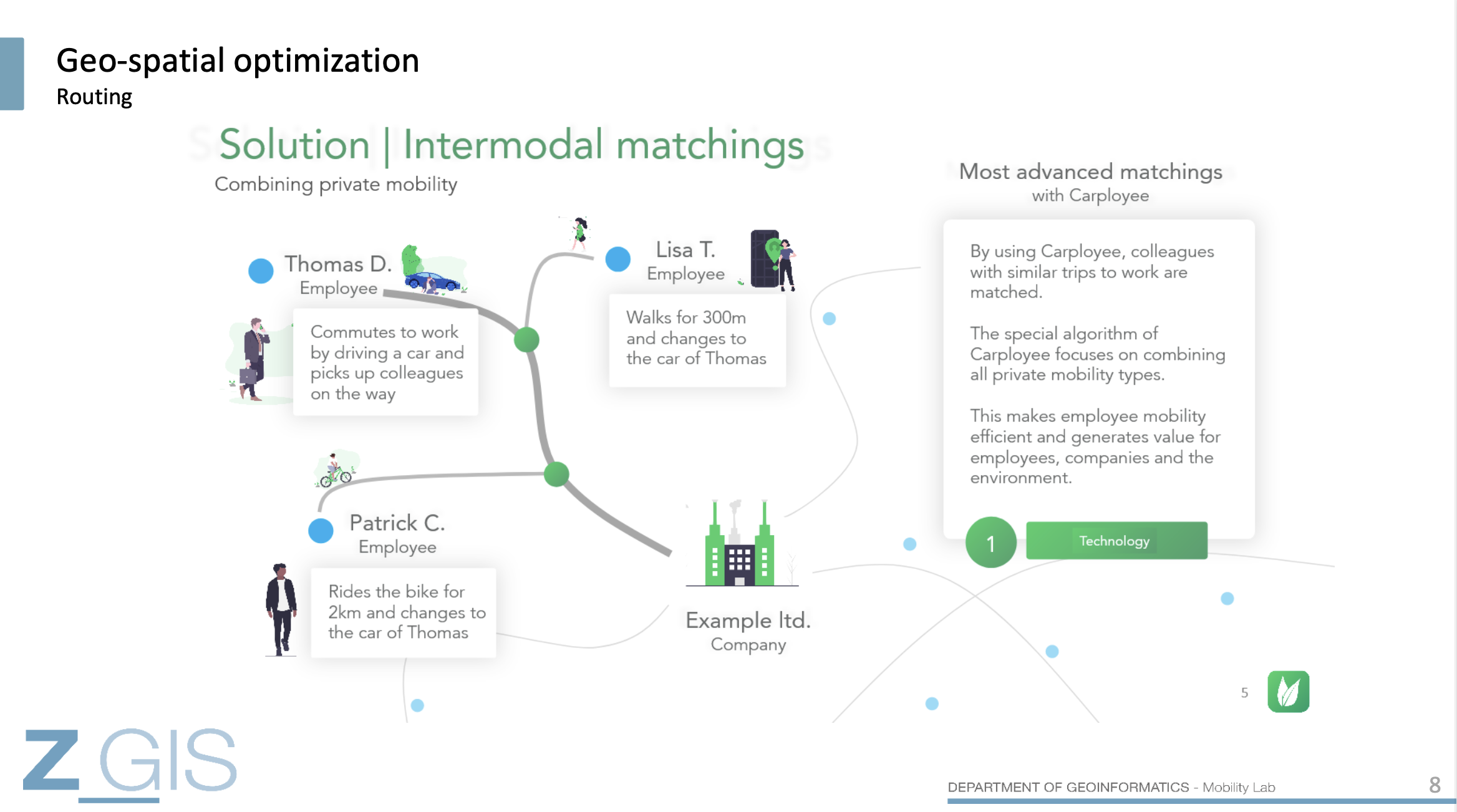
Leave A Comment